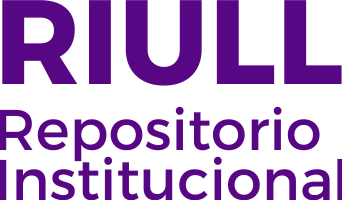Landscape Design Outdoor–Indoor VR Environments User Experience
Fecha
2023Resumen
Virtual reality (VR) helps to visualize the spatial relationships between the different elements of the landscape in landscape architecture, allowing the user to feel the designed environment and navigate through it interactively. VR can be used to navigate spaces designed both indoors (inside a building) and outdoors (landscape). In the present research, the perception of the 3D environment during navigation was compared between indoor and outdoor virtual reality environments. The value of the user experience was measured with the Questionnaire on User eXperience in Immersive Virtual Environments, analyzing the presence, engagement, immersion, flow, skill, emotion, usability, technology adoption, judgment and experience consequence subscales. In overall self-reported user experience, results showed that the perception of the environment during navigation was higher in open VR environments than in closed ones. Regarding subscales, the existence of obstacles limits the freedom of movement, which causes a lesser sense of presence. A more fluid VR navigation also generates positive effects on the flow subscale. In outdoor environments, lighting generates shadows, which help in spatial perception and orientation tasks during navigation, which facilitates and increases the perception of immersion. In closed environments, light plays a less important role during navigation.





